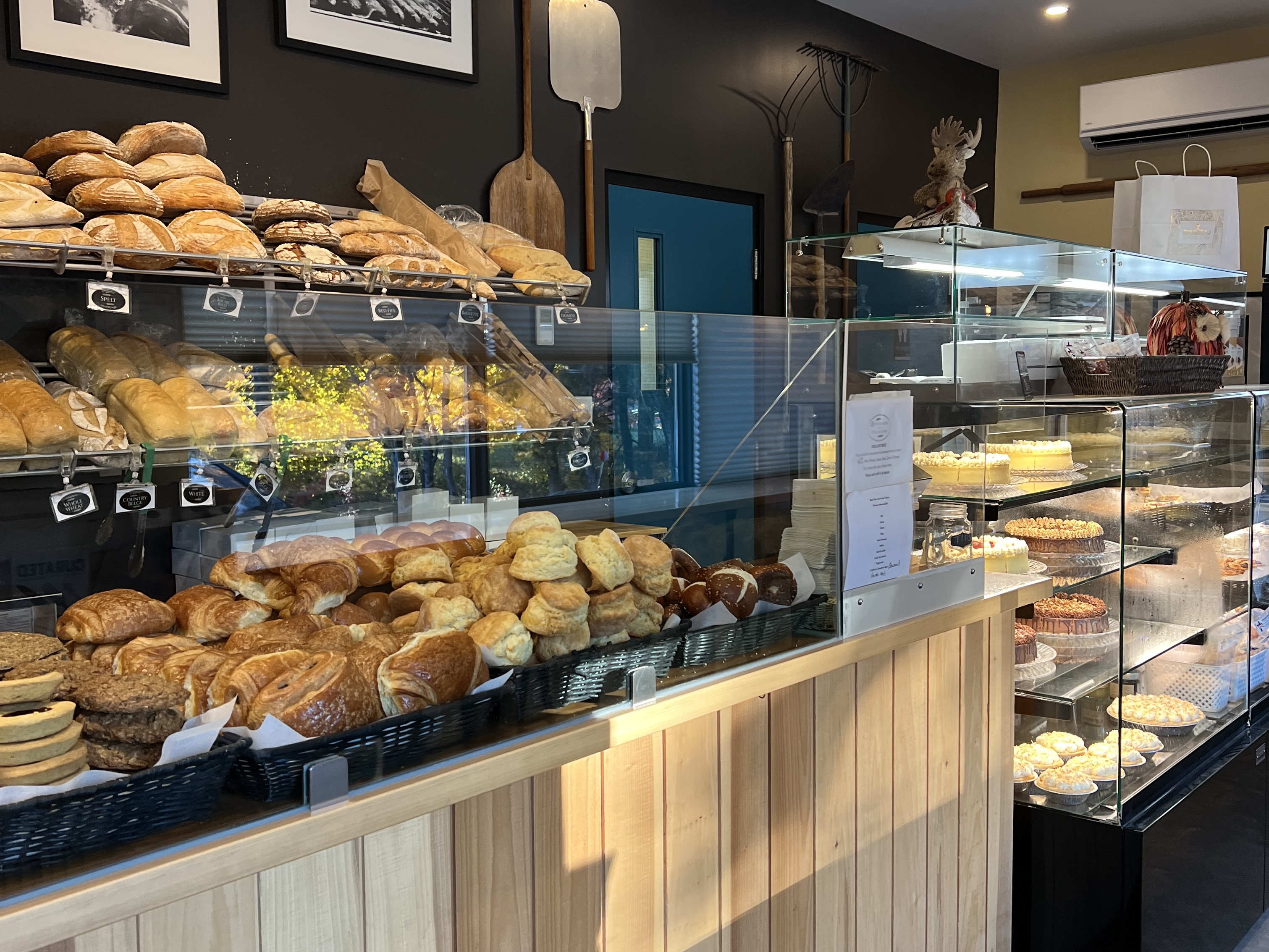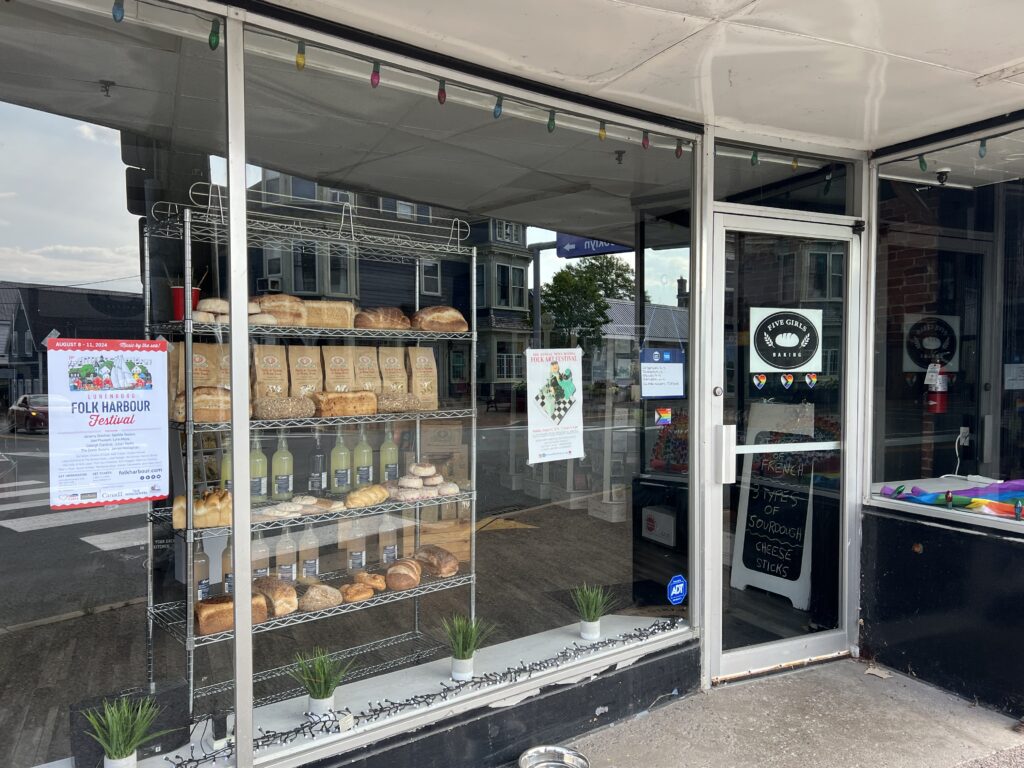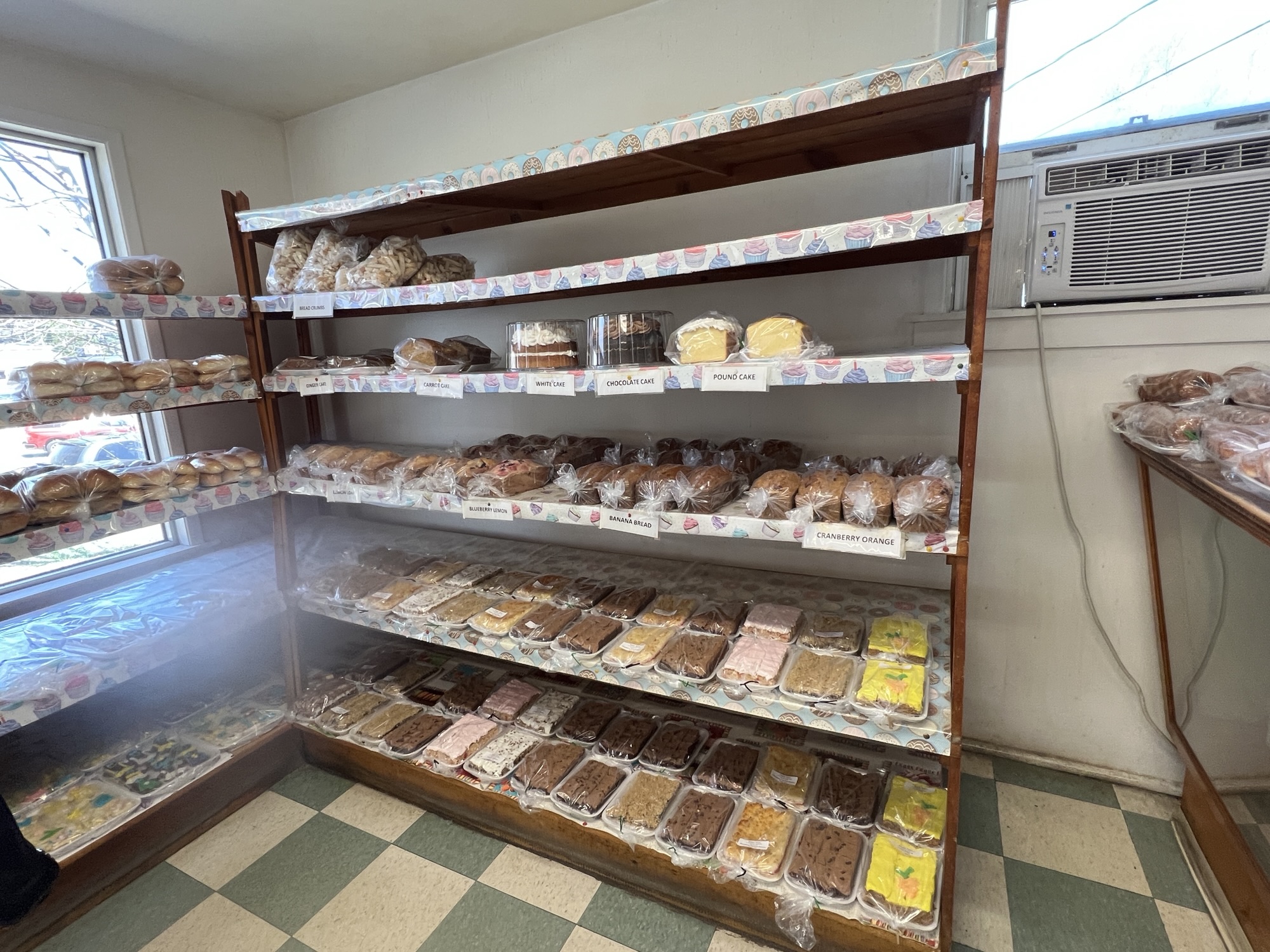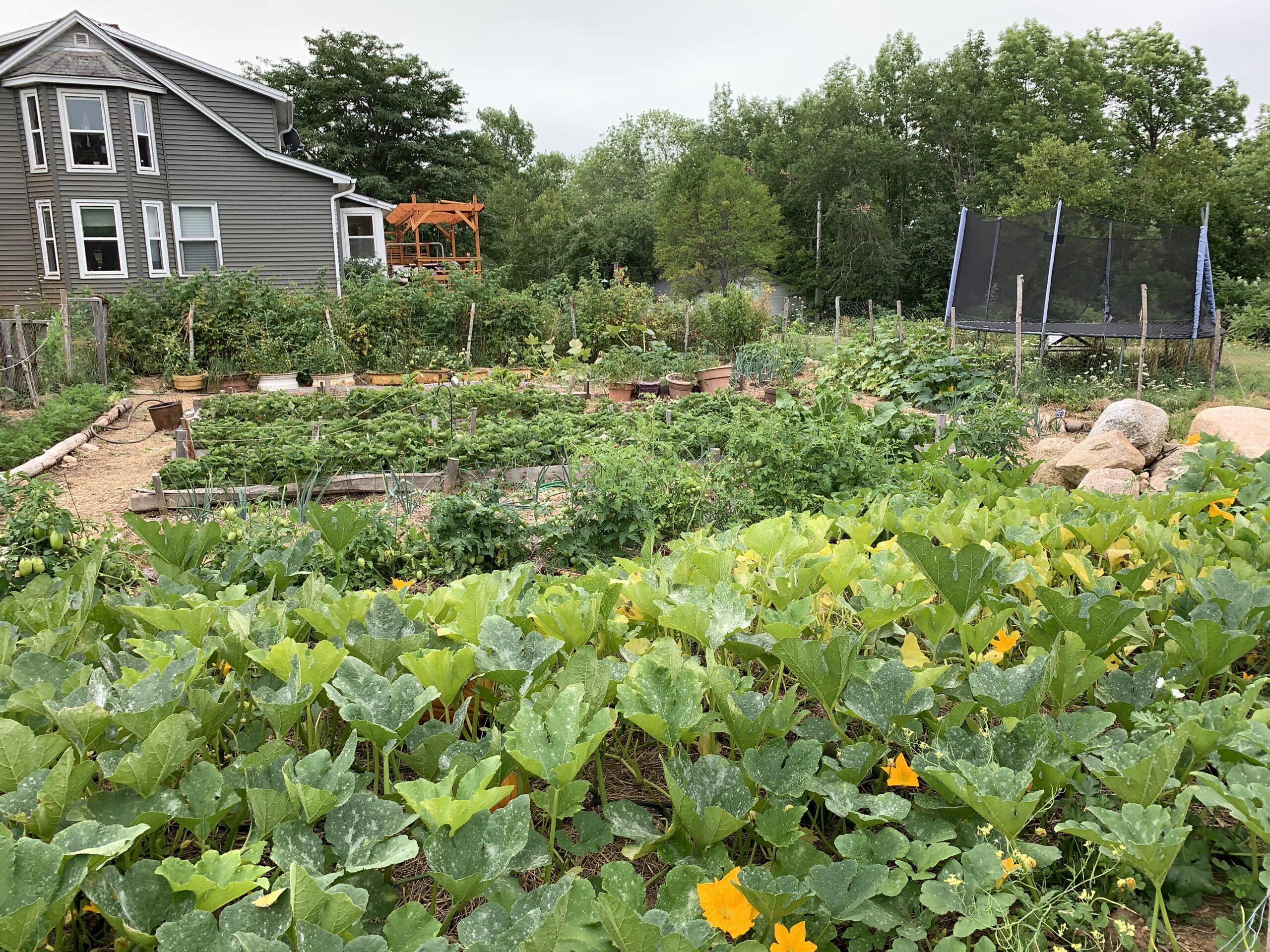
When you think of Nova Scotia’s South Shore, your mind might jump to scenic coastlines, colourful towns, and friendly communities—but there’s another reason to fall in love with this region: the bakeries.
From warm cinnamon buns to crusty French baguettes, these local spots are favourites for good reason. Whether you’re exploring the area as a visitor or searching for your next home, be sure to treat yourself along the way. (And maybe even stop into a Frenchys to check out this uniquely Nova Scotia chain of thrift stores.)
Here are some of the best bakeries on the South Shore:
Ploughman’s Lunch, West Dublin
Located in charming West Dublin, Ploughman’s Lunch is a destination for food lovers. This seasonal bakery is known for its wood-fired sourdough bread, pastries, and a relaxed café atmosphere that makes you want to stay a while. If you visit on a weekend morning, arrive early—popular items like the cinnamon buns go fast.
Boulangerie La Vendéenne, Blockhouse (just outside Mahone Bay)
Just minutes from Mahone Bay in Blockhouse, Boulangerie La Vendéenne brings a taste of France to the South Shore. Run by a French couple, the bakery offers authentic croissants, pain au chocolat, and fresh-baked baguettes. The quality is exceptional, and the experience feels like stepping into a Parisian bakery—without the jet lag. Whenever I’m in the area I stop in to get a pepito for my wife, as they’re her favourite. They also sell cheesecake by the slice and other sweet treats.
LaHave Bakery, LaHave River
An iconic stop along the South Shore, LaHave Bakery in the District of Lunenburg is more than a bakery—it’s a piece of local history. Housed in a historic building on the river, it serves fresh-baked bread, hearty lunches, and delicious treats in a warm, welcoming space. Whether you’re picking up a loaf or staying for lunch, it’s a popular destination spot.
Five Girls Baking, Liverpool
This family-run bakery in Liverpool is a go-to for sweets and smiles. Known for its cupcakes, cookies, and home-style baked goods, Five Girls Baking serves up comforting classics that are perfect for a quick stop or a special occasion. It’s small-town baking at its best.

Weagle’s Bakery, Bridgewater
Weagle’s Bakery is a local favourite in Bridgewater, and one word says it all: donuts. Their fresh, made-daily donuts are soft, sweet, and unforgettable. Whether you go for a lemon-filled or classic sugar, they’re a South Shore staple—and they often sell out before noon. Keep an eye out for their specialty donut days, and bring cash or be prepared to e-transfer (they don’t accept debit or credit cards).

Wile’s Lake Farm Market, just outside Bridgewater
Technically a farm market, Wile’s Lake Farm Market outside Bridgewater punches way above its weight when it comes to baked goods. Think fresh fruit pies, hearty muffins, and homemade squares that take you back to Grandma’s kitchen. It’s a fantastic stop before a day of exploring or heading to the beach. The bonus? You can stock up on local produce or plants for your garden while you’re there. I love their premade sandwiches on the thickest slices of pillowy soft white bread.

Final Thoughts
Living on the South Shore means more than just beautiful views and friendly neighbours—it means being part of a community that values quality, tradition, and good food. These bakeries are just one example of what makes this region so special.
If you’re thinking about making a move to the South Shore, I’d be happy to show you around—maybe even over coffee and a pastry.
